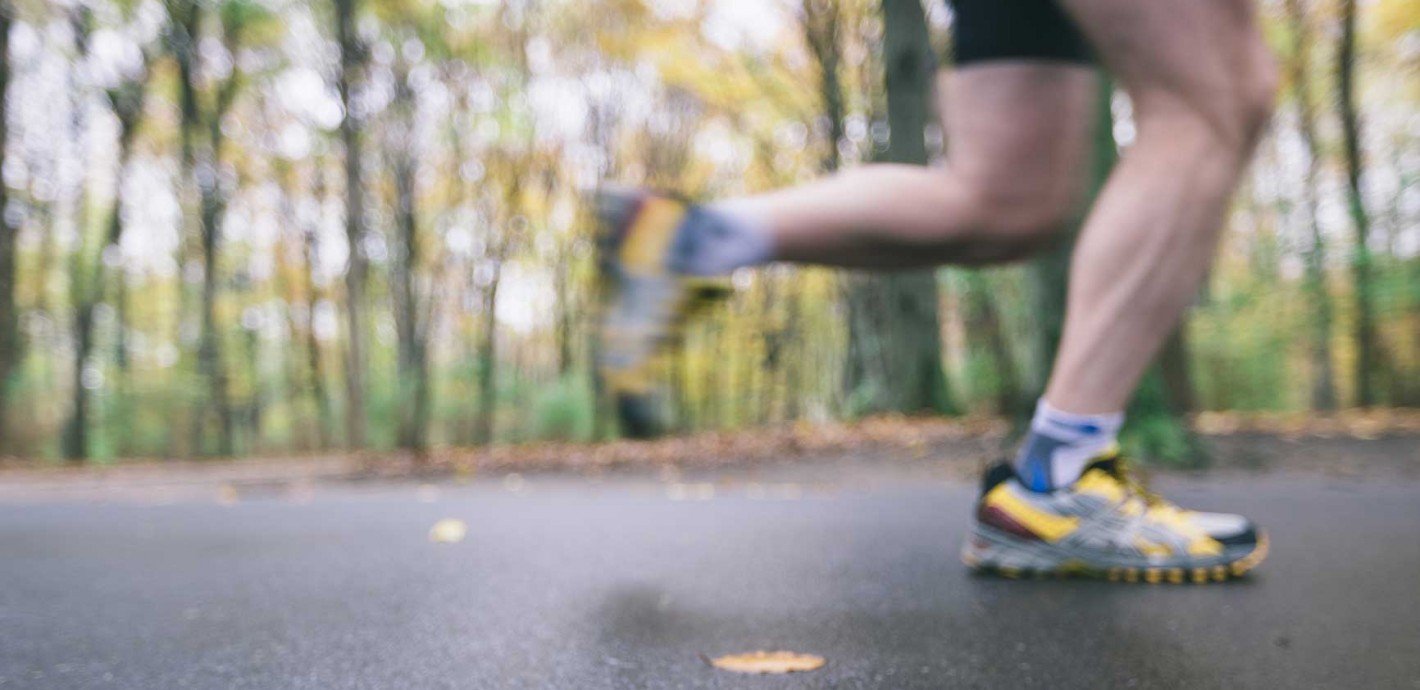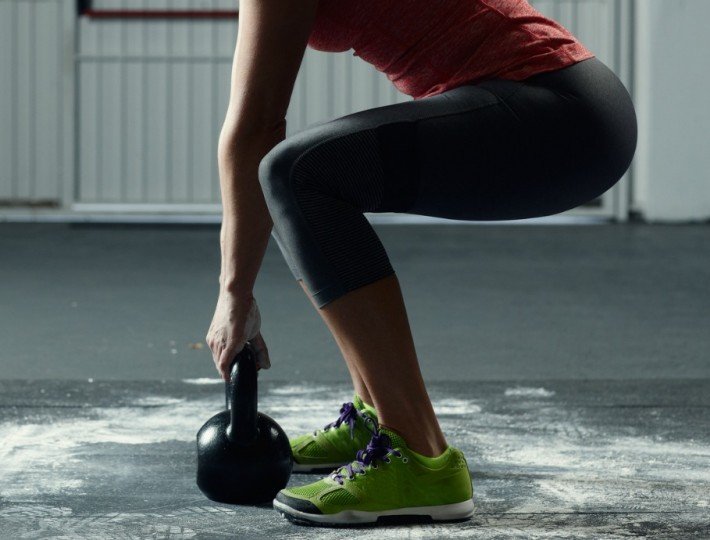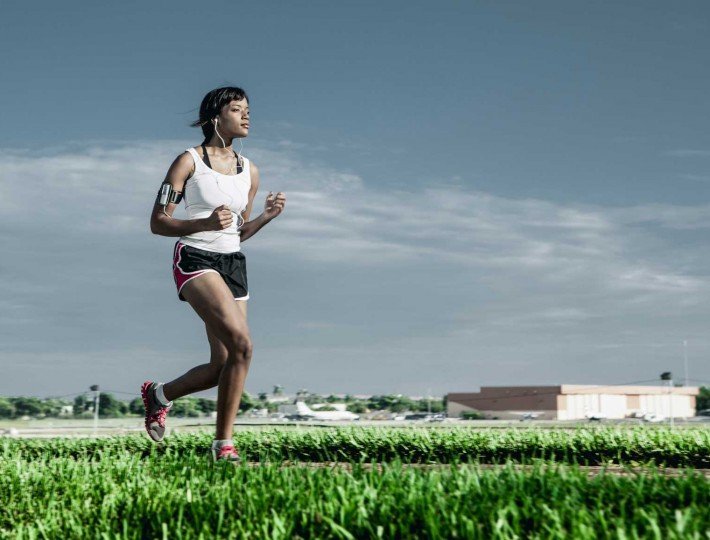Although some days I have a hard time remembering what I ate for dinner last night, my memory of watching the 1996 New York City Marathon is surprisingly clear. My good friend Kathy and I stood in Central Park and cheered until our vocal cords were as fried as the quads of the runners going past us.
For more than five hours, we watched nearly the whole pack of 29,000 runners head to the finish. First came the elite greyhounds with seemingly no more than six percent body fat. The naturally fast runners followed: lithe people whose petite frames automatically make you think runner when you see them in person. Athletes on their way to clock a four-hour marathon looked strong, but didn’t have the stereotypical runners’ bodies. They could’ve also been tennis players or cyclists. As the day wore on and the pack kept coming, the range of body grew more and more diverse: heavy, thin, big biceps, big bellies, very fit, not so fit. Some were walking, some were shuffling, some were running. Regardless of their speeds, they all covered 26.2 miles. As a fit 20-something who was both interested and intimidated by a marathon, I realized I had no excuse not to sign up.
Fast forward some 20 years, and the sport of running has diversified even more. Nearly 17 million people finished a road race in 2017, according to Running USA. That’s up from 5 million in 1990. You probably know somebody—a neighbor, a relative, a co-worker—who has recently converted to running, and might be trying to get you to lace up, too. But you’re not sure. Maybe you’re carrying a few extra pounds, have flat feet, or chronic lower back pain and you’re wondering: Is running for everybody?
The answer is, like most things in life, complicated. Certainly moving forward at a purposeful pace, whether that means a casual jog or a clocking a 5-minute mile, is beneficial for everyone. Any activity that gets your heart pumping has myriad benefits, including a boost for your mood, metabolism, overall health, sleep quality, and energy. How you personally experience running, however, is more unique to you. Here are a few things to consider and customize as you venture into this fast-growing sport.
Running is super accessible. Practically, the barrier to entry is one of the lowest going for any sport. To start, all you need is a pair of athletic shoes that fit you well, a supportive sports bra if you’re female, and a road. (Any specialty running store near you can help you find the perfect shoes for your feet.) And you start running with a motion you already know intimately: Walking.
Running lets you dictate your own pace. Contrary to what you might think, it’s not a good call to take off at a sprint and go as hard as you can. Some of the most popular beginner running programs start with a run/walk pattern: Something like, run at a comfortable speed for 30 seconds, walk for two minutes, repeat cycle for 20 minutes four times a week. The following week, run for 45 seconds, walk for two minutes. Continue to gradually increase the running segments as you decrease the walking segments until you can run a mile without stopping. Breaking it down into small chunks makes running feel approachable—and you feel accomplished and motivated to keep going. If running for 30 seconds feels like too much, power walking until you feel like you’re ready is a great start.
Running won’t destroy your body. Tell somebody you’re starting to run, and you’ll probably hear something like, “You’re going to ruin your knees.” Despite that popular sentiment, there’s no scientific proof that runners developing arthritis. In fact, as the New York Times noted, “Runners in the study [of 75,000 people] had less overall risk of developing arthritis than people who were less active.” That doesn’t mean that running doesn’t cause aches and pains—and occasional sidelining injuries. It’s a high-impact sport that utilizes many of your large muscle groups, so self-care (taking a day off when you’re especially sore, massage or foam rolling, getting enough sleep and eating well) is vital. Injuries often occur though when people become so enamored with the sport, they increase the intensity and/or distance of their runs too quickly or set overzealous goals that their bodies aren’t ready for. Regular cross training with lower impact activities like cycling or swimming and strength training both compliment running.
Running isn’t the quickest way to a heart attack. The other myth that may arise is that running long-distance races causes heart attacks; after all, hearing that a runner has died during a race—such as Olympic hopeful Ryan Shay during the 2008 men’s marathon trials in NYC—is jarring, heartbreaking and, most of all, discouraging. It’s important to put this risk into perspective: The chances of having a heart attack during a running race is 1 in 100,000 to 200,000 finishers, says William Roberts, M.D., the program director of the St. John’s Hospital Family Medicine Residency in St. Paul, Minnesota. While it’s extremely rare, when it does happen, the odds of being resuscitated from a cardiac arrest during such an event are fewer than 1 in 4 because responders can’t often get to runners fast enough. Still, Chicago-based sports cardiologist Christine Lawless, M.D., adds, “The benefits of exercise clearly and definitely outweigh the risks of a running lifestyle.” She recommends that people who wish to start running get the OK from their doctor, especially if there are existing heart issues. To further alleviate any concerns, check out this Runner’s World round-up of scientific studies about marathoning and heart health.
The bottom line: If you’re otherwise healthy and are interested in trying it, then yes running is for you. The latter factor cannot be undervalued: In order to stick with any physical activity, you have to like it. That doesn’t mean you have to love every mile (trust me, you won’t) but there has to be some aspect of it—whether that’s the post-run feeling, the confidence it gives you, the friendships you make along the way—that continually brings joy into your life.
Nearly 20 years after standing on that marathon sideline and 20 years of running, I participated in a local 5K. The participants had bodies that were diverse, we could’ve been walking through a mall, not standing on a starting line. Jackrabbits mixed in with pear shapes and postpartum moms and parents with their young kids. Every body covered the 3.1 miles in the way that worked best for them that day, and every body celebrated at the finish line.











Comments (0)